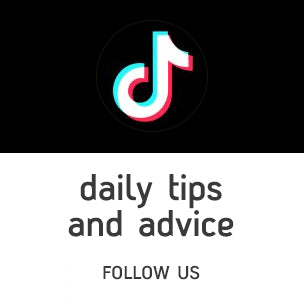From the moment your baby enters the world, their senses spring into action, helping them make sense of their surroundings. Among these, vision and sensory development play a vital role. Let’s explore how your baby’s eyesight and other senses evolve, what they can see, and how you can support their development.
👀 What Can My Baby See?
At Birth: A Blurry New World
Newborns are nearsighted, meaning they see best at 8–12 inches away — just the right distance to gaze lovingly into your eyes during feeding.
Their vision at birth is about 20/200 to 20/400, so they mostly perceive blurry shapes beyond this range. They see in black, white, and shades of gray due to underdeveloped retinal cones.
Tip: Use high-contrast toys and patterns to grab their attention, as these are easier for them to see.
1 Month: A World in Slow Motion
By one month, babies can start to see color and may begin following slow-moving objects with their eyes. Your baby may fixate on your face, especially your eyes, during quiet, alert moments.
🌈 When Do Babies See Color?
At 2 Months, your baby begins recognizing bold, high-contrast colors like red and yellow.
By 4 Months, their color vision improves, and they start to distinguish subtle hues and patterns.
Tip: Introduce bright, colorful toys or books to encourage visual exploration.
🛏️ How Far Can Babies See?
- Birth to 2 Months: Babies focus best on objects within 12–20 inches — the distance to your face when holding them.
- 3–4 Months: Their vision improves, allowing them to track objects farther away, such as across the room.
- 6–12 Months: Depth perception develops, enabling babies to judge distances better and grab objects accurately.
🎯 Focus and Tracking Milestones
- 1 Month: Babies briefly focus on objects but may not track movement well.
- 2–3 Months: They develop better focus and begin following moving objects, like your face or a toy.
- 4 Months: Depth perception kicks in, and they can track smaller objects.
Tip: Hang a colorful mobile above the crib or use toys to encourage eye-tracking skills.
🧠 Supporting Sensory Development
Hearing
- Newborns: Recognize familiar sounds, such as your voice, from their time in the womb.
- By 1 Month: Babies may calm down at the sound of soft music or your voice.
What You Can Do: Sing lullabies, talk to your baby often, and use soothing white noise.
Touch
Babies learn through touch, so provide soft blankets, gentle hugs, and plenty of skin-to-skin contact. Make the world comfortable with soft clothing and avoid rough textures.
Taste and Smell
Babies prefer sweet tastes, like breast milk, and can recognize their mother’s scent within days. Breastfeeding mothers can influence their baby’s taste preferences through their diet.
🔎 FAQs About Baby Vision and Development
What can a 2-week-old baby see?
At 2 weeks, babies can perceive light, shapes, and some movement within 12 inches. They might start to follow your face, though their vision is still blurry.
When can babies fully see you?
By 3 months, babies can see your face more clearly and recognize familiar facial features. They’ll also respond to expressions and enjoy looking at their reflection.
What age can babies see color?
Babies begin to see color around 2 months, starting with bold, high-contrast hues like red and yellow. By 4 months, their color vision becomes similar to an adult’s.
What colors can babies see at 2 months?
At this stage, high-contrast colors like black, white, red, and yellow are easiest for babies to detect. Their ability to distinguish more colors will improve over time.
🏆 Final Thoughts: Celebrate Every Milestone
Watching your baby grow and discover the world is one of the most rewarding parts of parenting. From their first blurry gaze to tracking toys across the room, every moment is a stepping stone in their development.
Key Takeaways:
- Encourage vision development with high-contrast toys and books.
- Talk, sing, and interact with your baby to support hearing and sensory growth.
- Celebrate milestones, and consult your doctor if you notice unusual eye movements or concerns.
Your baby’s vision and senses are a window into their growth and personality. Enjoy this journey of discovery together — every gaze, giggle, and grasp brings you closer! 😊
Note: If you have concerns about your baby’s vision or sensory development, don’t hesitate to reach out to a healthcare provider. Early intervention can make all the difference.











